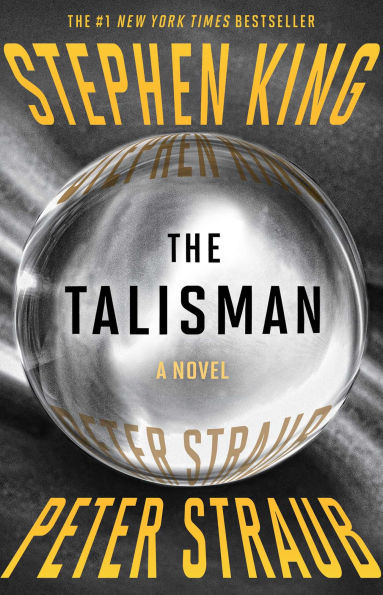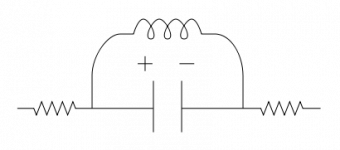by Thomas Pynchon (1990)

2024 reads, 1/22:
“When the sixties were over, when the hemlines came down and the colors of the clothes went murky and everybody wore makeup that was supposed to look like you had no makeup on, when tatters and patches had had their day and the outlines of the Nixonian Repression were clear enough even for the most gaga of hippie optimists to see, it was then, facing into the deep autumnal wind of what was coming, that she thought, Here, finally — here's my Woodstock, my golden age of rock and roll, my acid adventures, my Revolution.”
The year is 1984, and surrounded by the old-growth redwoods in northern California, Vineland thrusts us into the lives of ex-hippie Zoyd Wheeler and his daughter Prairie, who must go into hiding because of the return of a federal agent from Zoyd’s past. As they go into hiding, Prairie starts to learn more about the life of her mother she never knew, Frenesi.
This is a Russian doll of a novel; we gradually loop, alongside Prairie, from the eighties to the sixties and even earlier, to learn about the events surrounding her mother. As part of a film collective in the late sixties, we see the dismantling of the counterculture movement through Frenesi’s eyes, through her old flings, her mistakes, and ultimately, her disappearance.
Along the way, different characters’ histories are also explored, such as Frenesi’s kunoichi friend DL, ‘karmic adjuster’ Takeshi Fumimota, and mathematics professor Weed Atman. Not only were these characters three-dimensional, but their relationships were more defined. For example, I loved reading the history of how DL and Takeshi met, their back-and-forth bickering like an old married couple. Furthermore, the love that Zoyd has for his daughter, Prairie, is so clearly carried throughout the whole book, and I found myself caring for them both. Vineland is, so far, Pynchon’s most sentimental book.
“Following the wisdom of the time, Zoyd, bobbing around among the flotsam of his sunken marriage, had been giving in to the impulse to cry, anytime it came on him, alone or in public, Getting In Touch With His Feelings at top volume, regardless of how it affected onlookers, their own problems, their attitude toward life, their lunch.”
The backdrop of Vineland, like Inherent Vice, is the decline of sixties counterculture; however, taking place a little over a decade after the events of IV, the anti-counterculture faction is much stronger now. Reagan is president, federal agencies such as the D.E.A. are in full force, and the sixties youth is feeling the pressure to come and participate in the current times. Businesses are booming, and everything is now commodified, able to be procured at the local mall. Case in point, the ‘designer seltzer dispenser’ produced by Yves St. Laurent, or even the local pizza joint where Prairie worked, serving a high-quantity yet low-quality product:
“Its sauce was all but crunchy with fistfuls of herbs only marginally Italian and more appropriate in a cough remedy, the rennetless cheese reminded customers variously of bottled hollandaise or joint compound, and the options were all vegetables rigorously organic, whose high water content saturated, long before it baked through, a stone-ground twelve-grain crust with the lightness and digestibility of a manhole cover.”
Delicious, right?
I also loved the theme of communication and hidden signals that Vineland exhibits so well: messages are seemingly constantly bombarding Zoyd, Prairie, Frenesi, DL, and others, usually originating from the ‘Tube’ (the always-capitalized TV slang, signifying its place in the eighties as a Proper Noun). For Zoyd specifically, these Videodrome-esque messages had me constantly asking: is some technocratic higher power forcing these messages unto him? Or is Zoyd, maybe subconsciously, getting himself into his own situations, unable to resist? Maybe, it’s some intertwined combination of the two, like Todd from BoJack Horseman.
“He bounced slowly from one Honolulu bar to another, allowing himself to trust to the hidden structures of night in a city, to a gift he sometimes thought he had for drifting, if not into intersections of high drama and significant fortune, at least away, most of the time, from danger.”
In many ways, this novel reminded me of White Noise, with its similar themes on technology & commodification, pop culture, and changing times. Jack Gladney and Zoyd Wheeler would hit it off, Gladney talking about his fear of death, and Zoyd his fear of life. This was a great read: character-driven, hilarious yet heartwarming, filled with pop culture, with a bit of cynicism as well. I still think TCoL49 is his best book to start with, but if you want to get into Pynchon, this is probably the second-best starting point.
“It was like being on 'Wheel of Fortune,' only here there were no genial vibes from any Pat Sajak to find comfort in, no tanned and beautiful Vanna White at the corner of [Zoyd’s] vision to cheer on the Wheel, to wish him well, to flip over one by one letters of a message he knew he didn't want to read anyway.”
#readingyear2024 #govpol #pynchon #physicallyowned










